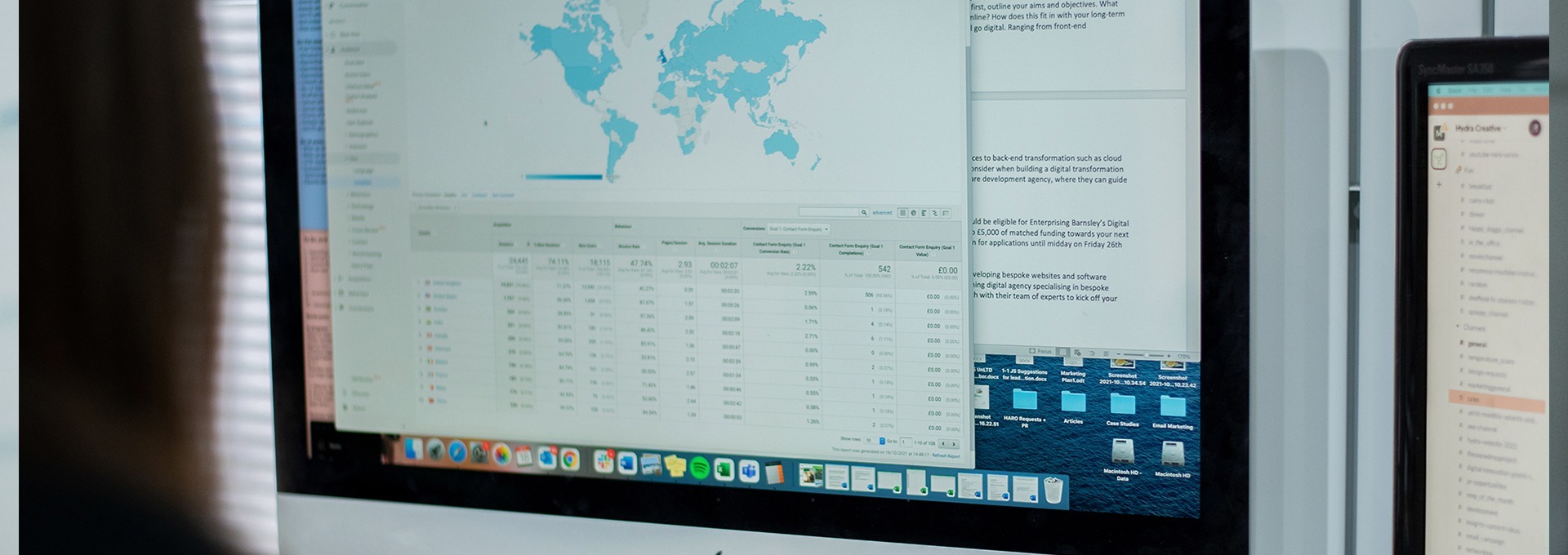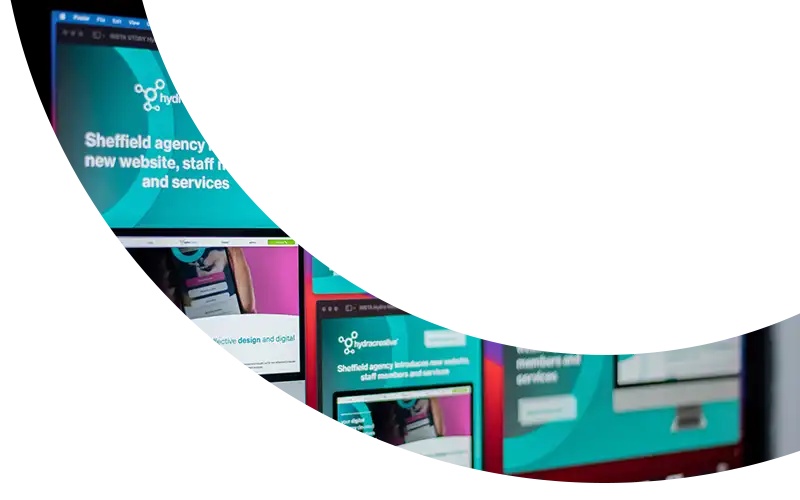The world of pay-per-click advertising is an ever-changing one. The new features that come with each new update can leave you dizzily trying to play catch up. Our aim with this article is to give users a one-stop shop for the biggest trends in PPC this year. There have been some major changes over the last 12 months and PPC platforms like Google Ads will only continue to grow and improve. So, without further ado, here are our three biggest trends to watch out for in 2020.

Dynamic Ads
First on our list are Dynamic Ads – an established feature that has recently had an update, dynamic ads are already proving to be a big trend to look out for in 2020. You might be thinking, “Dynamic ads? Aren’t they old news?” You’d be mistaken. Towards the end of last summer, Google released an updated version of dynamic ads in beta mode. The changes were significant and are no longer in beta but have become standard for all users.
In short, the new dynamic search ads offer more autonomy and reduce the need for keywords. Instead, you simply enter your URL and pick from a list of categories that you want your ads to appear in, and the ads will be generated automatically; the only thing you need to do manually is add two descriptions to go with the ads.
A lot of industry professionals were initially very concerned, as the lack of perceived control was the stuff of nightmares for PPC professionals. For us PPC experts, we’ve grown used to the feeling of being in control, managing keywords meticulously, tweaking bidding strategies and re-writing ad copy to get that perfect advert. Therefore, the thought of most of this being taken away from us seems counterproductive. On the other hand, the new dynamic ads give an added layer of control. By breaking your website down into a list of potential categories to choose from, you have a wider choice of options you might not necessarily have thought about before.
My personal recommendation for using dynamic search ads is to use them as a bit of an experimental tool. For example, set up a few with the more uncommon categories they suggest and have them run alongside your pre-existing ads. This will mean you should be able to pick up a wider variety of potential customers while still getting traffic from the usual places your ads appear. Just be careful to make sure you set up negative keywords for your new dynamic ad to avoid it cannibalising your other adverts. Alternatively, if you’re still not convinced with the lack of control, then try using a dynamic search ad to target only your remarketing list. At least this way you know your advert will only be shown to people who have already visited your website.
Artificial Intelligence Bidding
It only takes a quick glance at the world around us to see that Artificial Intelligence, or AI, is developing at an increasingly rapid pace. AI is the ability for machines to use their knowledge to perform tasks that typically require human skills. The idea of AI has been around for a while, however, up until very recently, has not been utilised in any significant way.
AI bidding is something that has been designed for advertisers and marketers to help them set their bids for keywords. It is becoming one of the biggest trends in PPC advertising. AI Bidding helps cut out the long, laborious processes which come with advertising. AI Bidding is used as a tool in Google Ads however not a lot of people fully understand the process behind it.
AI uses machine learning to discover the optimal value of every keyword you choose to bid on for a certain campaign. Google records data over time and so is constantly becoming more intelligent, learning algorithms to increase performance, and deliver accurate bidding suggestions.
AI bidding can be used for certain goals that you might have, such as conversions or clicks. In the future, it is expected that automation will prioritise ads that bring in the best results while decreasing low performing ads. It will set appropriate bids by analysing the bids that will get the most traffic and will work out the probability of conversion from a customer and predict CTR of ads. Artificial Intelligence will also be able to generate ad performance reports automatically and analyse the user’s behaviour, creating ads dynamically by optimising keywords when results drop. Machine learning also helps organisations and marketers understand large amounts of data and analyse them, and this, in turn, aids their knowledge of their users’ purchasing intentions and interests.
AI bidding is consistently improving and becoming more diverse in terms of its application. It may be a useful tool in your marketing campaign, but it is vital to know what your goals are, and how AI bidding works in order to utilise it properly for your product or service. For example, AI bidding might not be the best idea if for whatever reason your budget varies each month. AI would assume your budget is going to remain the same for the duration of your campaign.
Amazon Advertising
It would be difficult these days to find someone who hasn't used or heard of Amazon – whether it's online shopping, Prime Video or Alexa, Amazon products and services are used by millions of people every single day. They have built up a steady, trusted community of shoppers, who visit the site on a regular basis with the intention of making a purchase. Their online store has millions of products available, and there are now over a million Amazon Prime members if it's a quick buy you're looking for – Amazon is usually amongst your top choices. Amazon ads are on the rise, steadily creeping up on top of competitors Google and Facebook, and it is now the third-largest digital advertising platform in the US.
Businesses can now advertise their products through Amazon on a pay per click basis, and Amazon places the ads in various locations across their network in areas where they will be seen, such as the first page of search results, or better yet alongside similar or complementary items, e.g. a ball pump next to a search relating to footballs – therefore increasing the chances of a sale.
So, what are they doing differently to Google and Facebook? Google was, for a long time, the most popular place to pay for ads to be displayed, as it made it easy for businesses to reach potential customers based on their searches. When social media arrived and grew into what we know today if offered a wider variety of advertising options such as promoted posts. Amazon can target advertisements to you based on your previous purchases and searches, and can even offer you complimentary products relating to what you are looking to buy. On top of this, Amazon can reach users through the Amazon website, as well as through Alexa and Amazon Prime Video advertisements, meaning that by offering so much variation, coupled with targeted placement, they are going one step further.
For businesses, it is impossible to know what the future of adverts will be. Marketing leaders need to assess their options and invest in the platform that makes the most sense for their company, keeping an eye on the ever-changing dynamics to make the best choice. However, if you are yet to look into Amazon’s ad platform, we recommend you do so. It can never hurt to run a tester ad and see if it works for you, and if not, you can continue with your current strategy whether it be Google or Facebook.

Let's start creating together
Let Hydra be the solution for your next project.